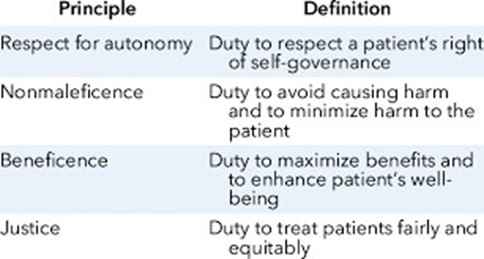A nurse is caring for a client who had abdominal surgery 24 hr ago. Which of the following actions is the nurse's priority?
Assess fluid intake every 24 hr.
Ambulate three times a day.
Assist with deep breathing and coughing.
Monitor the incision site for findings of infection.
The Correct Answer is C
- A. Assessing fluid intake every 24 hr is important for a postoperative client, but it is not the priority action. The nurse should monitor fluid intake and output more frequently, such as every 8 hr or every shift, to detect any imbalances or complications.
- B. Ambulating three times a day is beneficial for a postoperative client, but it is not the priority action. The nurse should encourage early and frequent ambulation to promote circulation, prevent thromboembolism, and enhance bowel function, but only after ensuring that the client is stable and has adequate pain control.
- C. Assisting with deep breathing and coughing is the priority action for a postoperative client who had abdominal surgery. The nurse should help the client perform these exercises every 1 to 2 hr to prevent atelectasis, pneumonia, and respiratory failure, which are common and serious complications after abdominal surgery.
- D. Monitoring the incision site for findings of infection is important for a postoperative client, but it is not the priority action. The nurse should inspect the wound for signs of infection, such as redness, swelling, warmth, drainage, or odor, but this can be done during routine dressing changes or as needed.
Nursing Test Bank
Naxlex Comprehensive Predictor Exams
Related Questions
Correct Answer is A
Explanation
- A. Autonomy is the ethical principle that respects the right of clients to make their own decisions and choices regarding their health care. Informed consent is a process that ensures that clients are fully informed of the benefits, risks, alternatives, and consequences of a proposed treatment or procedure, and that they voluntarily agree to it.
- B. Nonmaleficence is the ethical principle that obliges health care providers to do no harm to clients, either intentionally or unintentionally. Informed consent does not directly promote this principle, although it may help to prevent harm by disclosing potential risks and complications.
- C. Justice is the ethical principle that requires fair and equal treatment of all clients, regardless of their personal characteristics, preferences, or values. Informed consent does not directly promote this principle, although it may help to ensure that clients are not coerced or manipulated into accepting a treatment or procedure that they do not want or need.
- D. Fidelity is the ethical principle that requires health care providers to be faithful and loyal to their clients, and to honor their commitments and promises. Informed consent does not directly promote this principle, although it may help to establish trust and rapport between clients and providers.

Correct Answer is C
Explanation
Choice A rationale:
This statement implies that the nurse attempted the dressing change but was unsuccessful. However, the information about the dressing not being soiled is irrelevant to the incident report. The key issue is the omission of the prescribed procedure.
Choice B rationale:
This statement acknowledges the omission but lacks specificity. It does not state the nature of the omission or the potential consequences, making it less informative for future prevention strategies.
Choice C rationale:
This statement clearly and concisely states the situation, indicating that the prescribed dressing change was omitted. It provides essential information for understanding what happened, allowing for appropriate investigation and preventive measures.
Choice D rationale:
This statement confirms the completion of the incident report but does not provide details about the incident itself. Without specific information about the omission, this statement is insufficient for understanding the nature of the error and implementing preventive actions.
Whether you are a student looking to ace your exams or a practicing nurse seeking to enhance your expertise , our nursing education contents will empower you with the confidence and competence to make a difference in the lives of patients and become a respected leader in the healthcare field.
Visit Naxlex, invest in your future and unlock endless possibilities with our unparalleled nursing education contents today
Report Wrong Answer on the Current Question
Do you disagree with the answer? If yes, what is your expected answer? Explain.
Kindly be descriptive with the issue you are facing.
